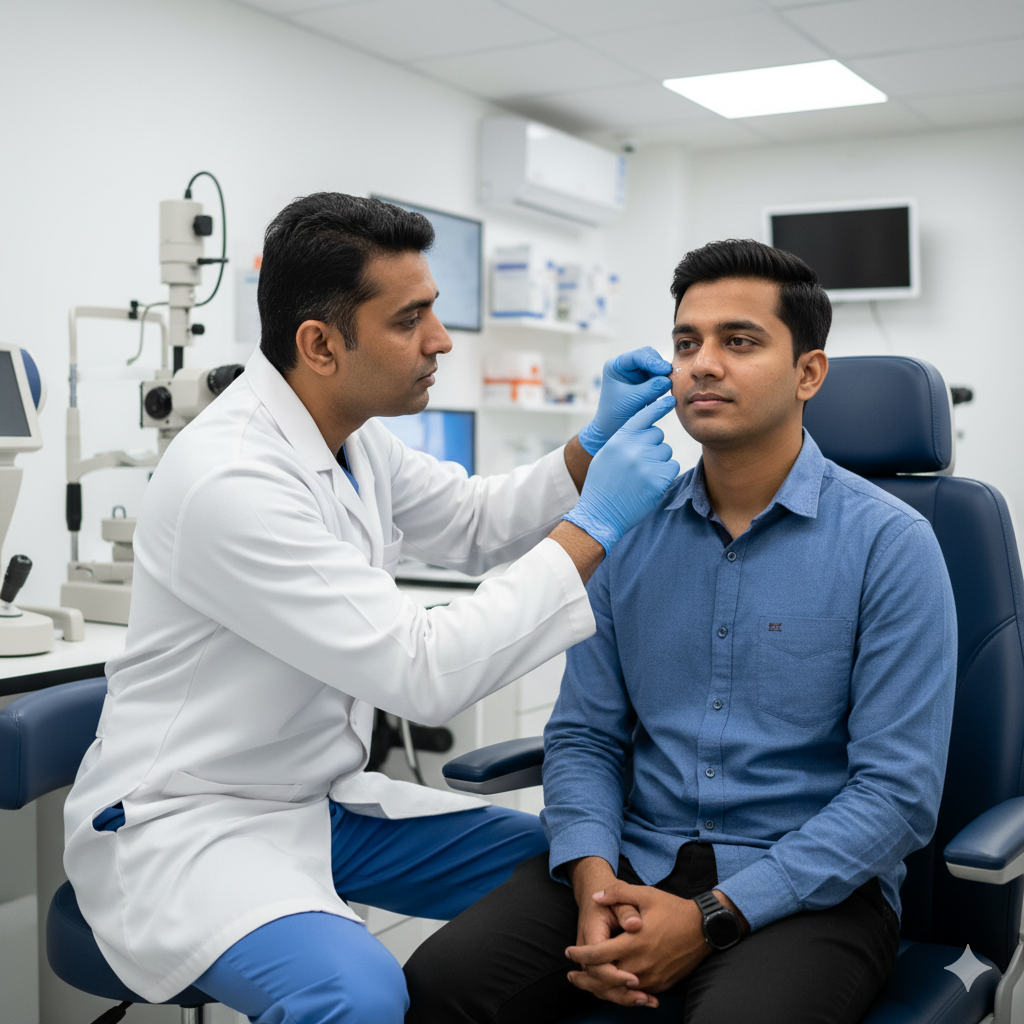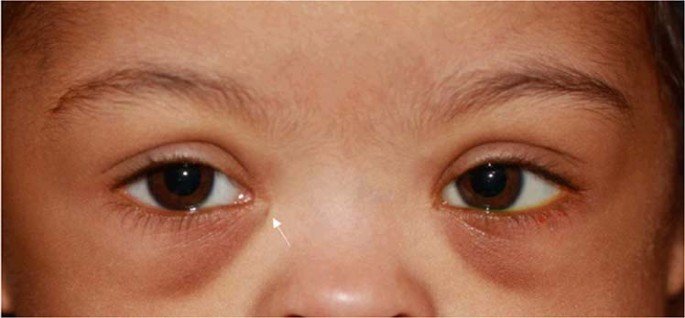


Nasolacrimal Duct Obstruction (NLDO) occurs when the tear drainage system is blocked, causing watery eyes and recurrent infections. It is common in infants but can also affect adults due to aging or injury. Treatment may include massage, medication, or minor surgery to open the blocked duct. Early diagnosis ensures better relief and long-term comfort.
Nasolacrimal Duct Obstruction causes excessive tearing and eye discomfort due to blockage in the tear drainage pathway.
It can lead to frequent eye infections and irritation if left untreated. Prompt medical evaluation helps restore normal tear flow and eye comfort.

It occurs when the tear drainage passage is blocked due to congenital issues, infection, or injury.